Political risks: Punches, eggs and assassination attempts
- Published
The Spanish prime minister was assaulted in the city of Pontevedra
The Spanish Prime Minister Mariano Rajoy has been punched hard in the head as he campaigned in his home town in north-west Spain.
Mr Rajoy appeared bruised after the attack on Wednesday, and lost his glasses.
The incident would not put him off campaigning on the streets, he said.
"I am drawing no political conclusions from the incident yesterday and ask that nobody does," Mr Rajoy tweeted, external, adding that he was fine.
Spaniards are voting in a general election on Sunday. The attacker was a 17-year-old youth, Spanish media report.
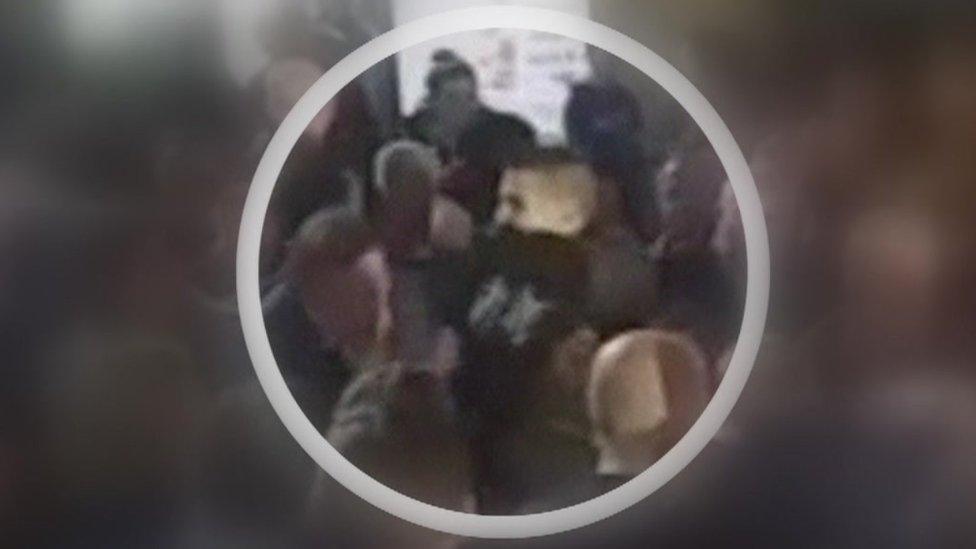
Video footage shows the PM (at left) recoiling after the punch is thrown
While Mr Rajoy's injuries do not appear to be severe, all politicians have to balance their desire to get out and about and meet voters with the possible risk to their personal safety.
And as elections near, the job of a sitting prime minister's security detail becomes increasingly challenging.
Silvio Berlusconi - 2009
The then Italian Prime Minister Silvio Berlusconi was attacked at a political rally in Milan in December 2009 by a man wielding a model of the city's cathedral.
The veteran politician's nose was broken and he had to spend time in hospital.
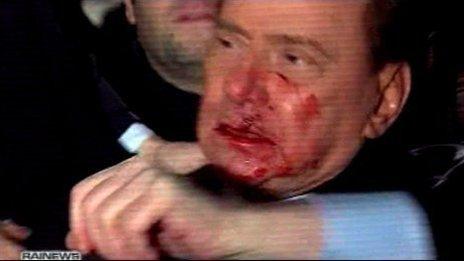
Mr Berlusconi appeared bloodied and stunned after the attack in 2009
John Key - 2009
The New Zealand Prime Minister John Key - already recovering from a broken arm - was "quite shocked" after two protesters at a Maori memorial at Waitangi in February 2009 grabbed him.
The two men were later charged with assault.
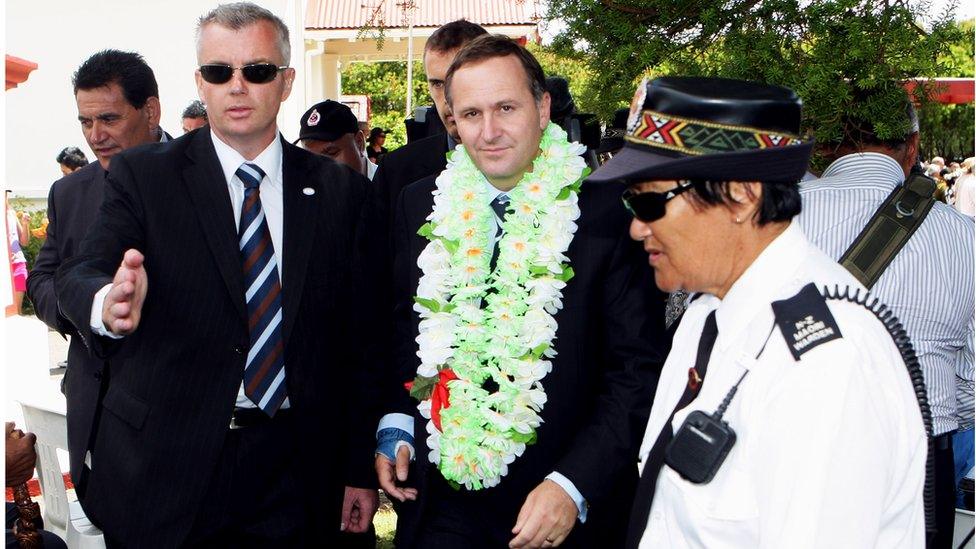
New Zealand PM John Key was attending a Maori ceremony ahead of Waitangi Day in 2009
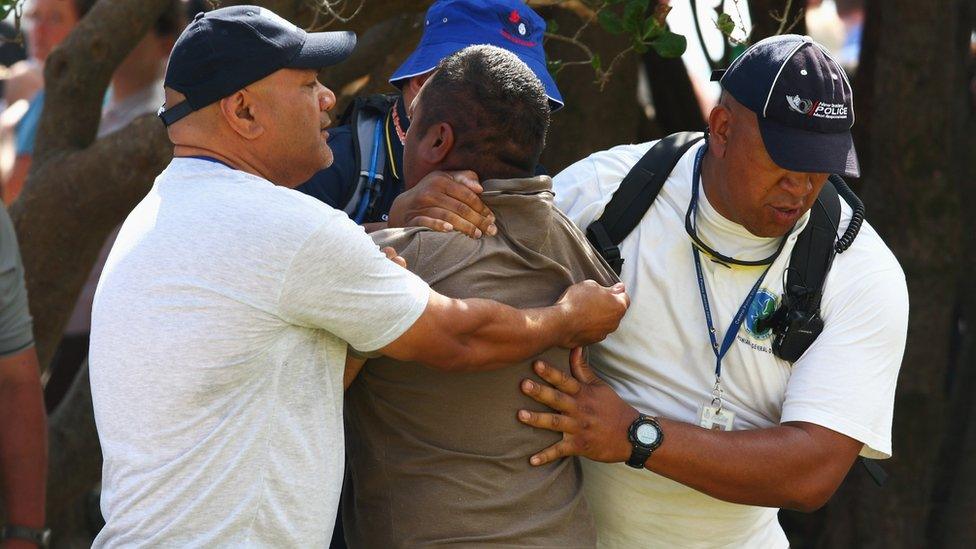
Mr Key described the protesters as "glory seekers"
John Prescott - 2001
The then UK Deputy Prime Minister John Prescott famously hit back after a protester threw an egg at him in 2001.
The site of the incident in the north Wales town of Rhyl is now marked with a plaque.
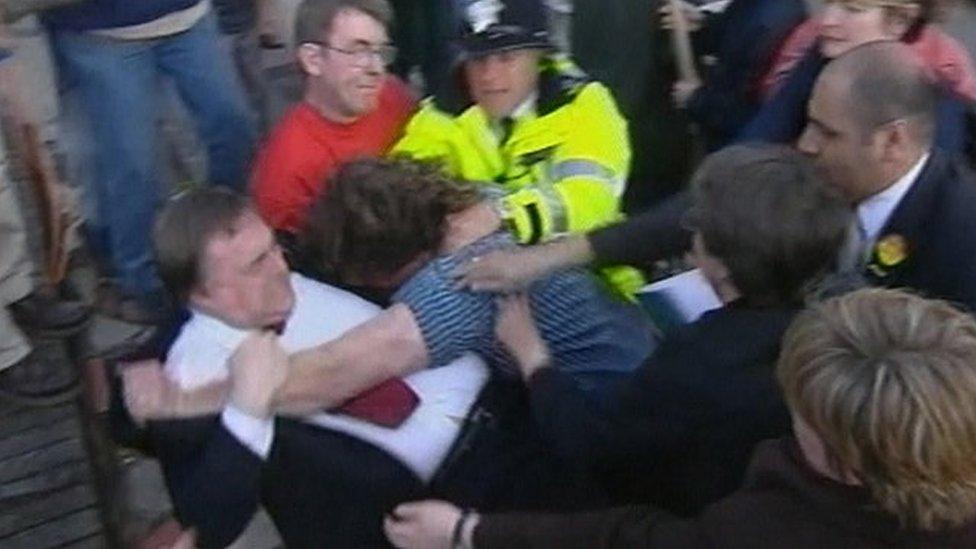
The serious stuff
The above incidents - while unpleasant for those involved - were not life-threatening, and some of them have even caused outbreaks of humour.
But let's not forget the real risks that people in public life face around the world.
Numerous sitting prime ministers and presidents have been assassinated in the last few decades, including Israeli leader Yitzhak Rabin in 1995, external, Swedish PM Olof Palme in 1986, external, and the Indian Prime Minister Indira Gandhi in 1984, external.
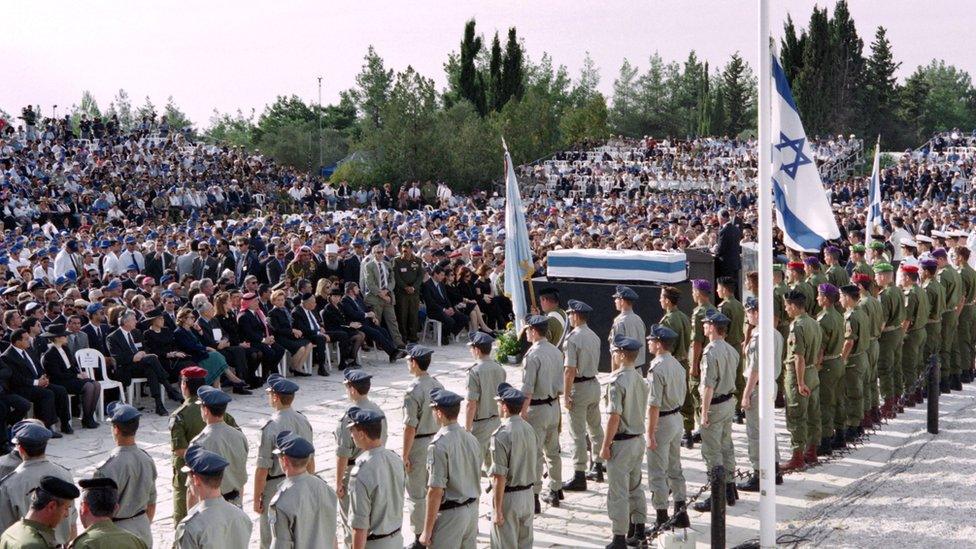
Yitzhak Rabin was shot dead in November 1995
So what's the actual risk to a senior politician of a deadly attack?
Economists Benjamin F. Jones and Benjamin A. Olken examined 298 assassination attempts on world leaders from 1875 to 2004 for a paper, external published in the American Economic Journal: Macroeconomics in 2007.
They found that the probability of a given leader being assassinated in a given year is currently below 0.3%. That may sound quite high, but it is down from a peak in the 1910s, when it was close to 1%.
- Published16 December 2015
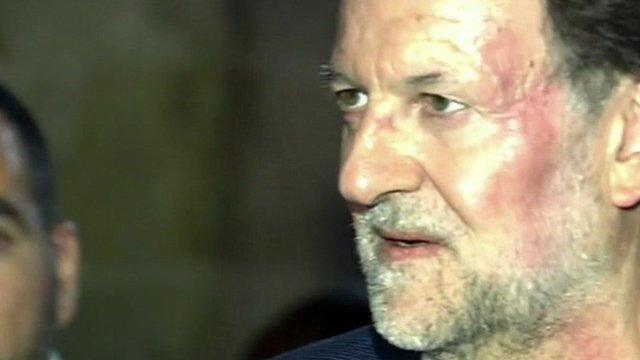
- Published17 December 2015
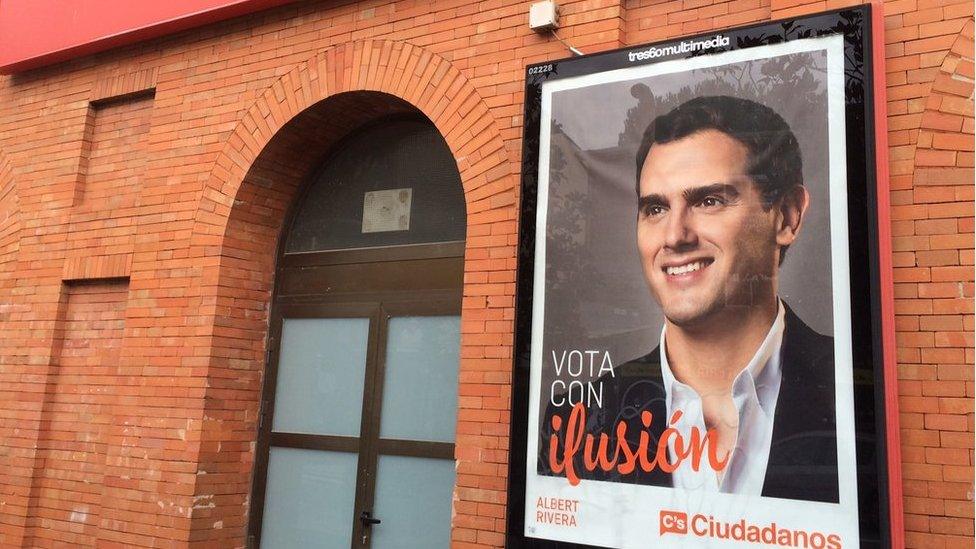
- Published17 December 2015
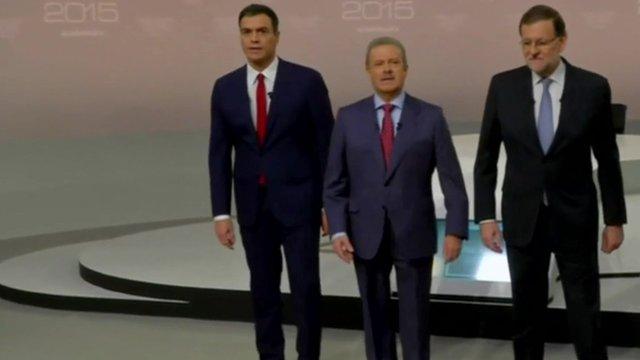
- Published4 December 2015
